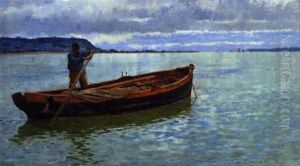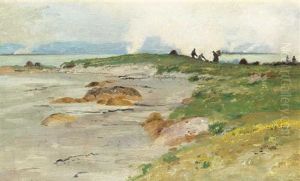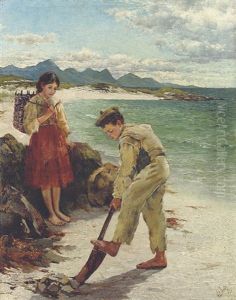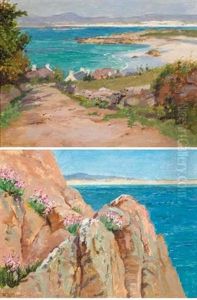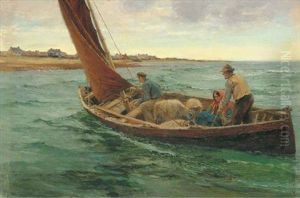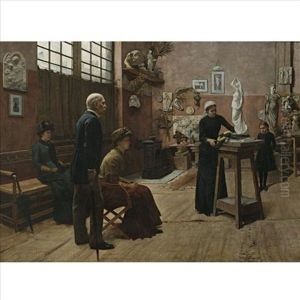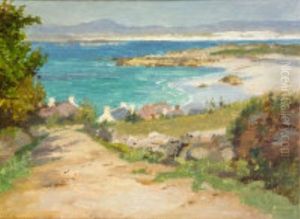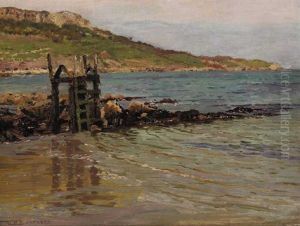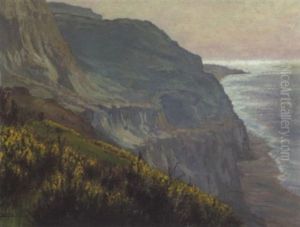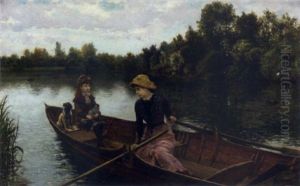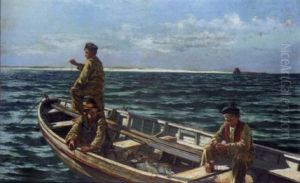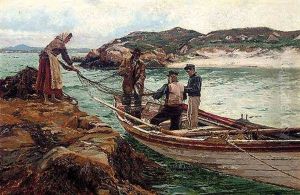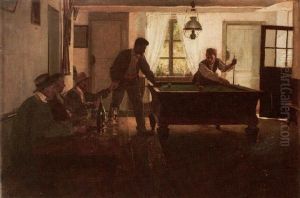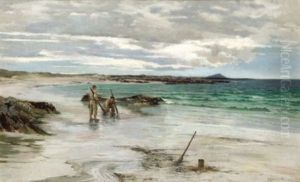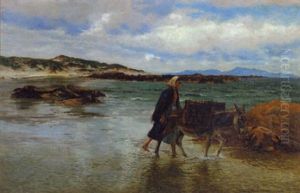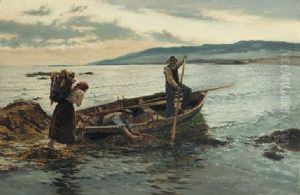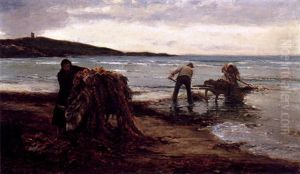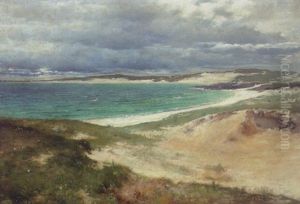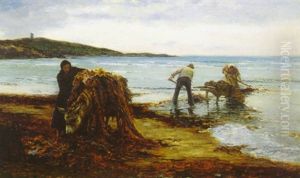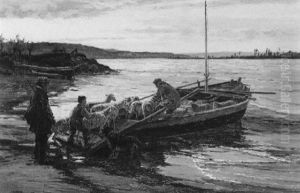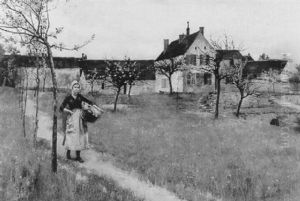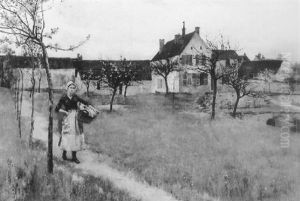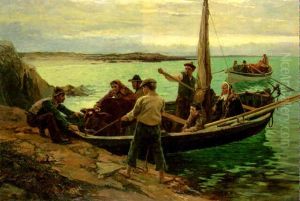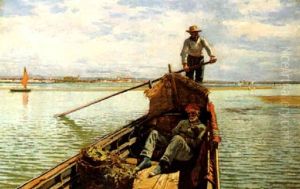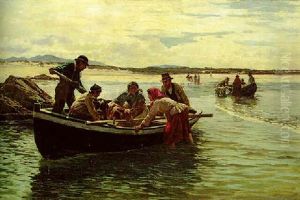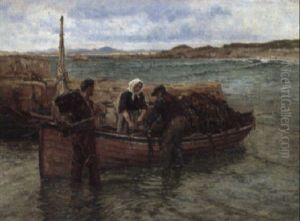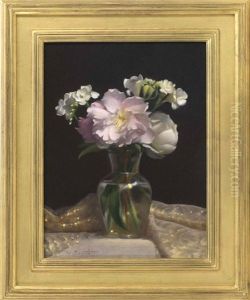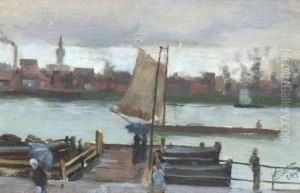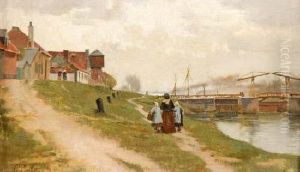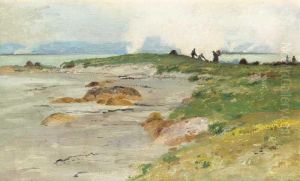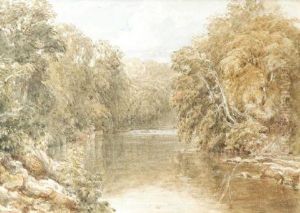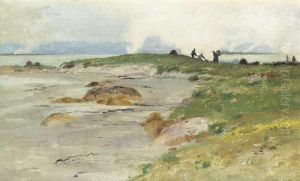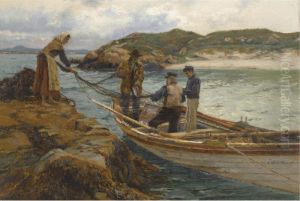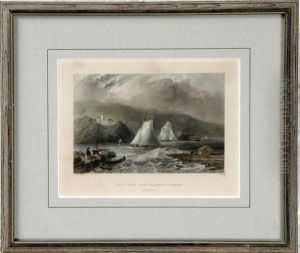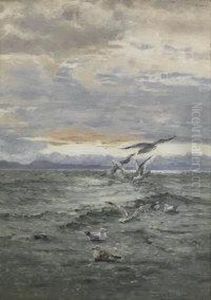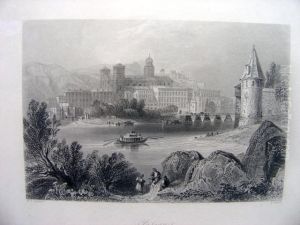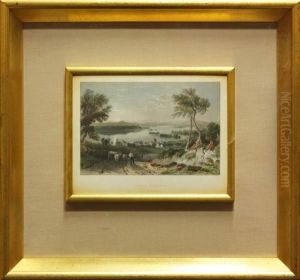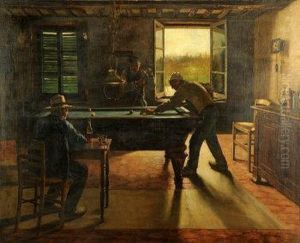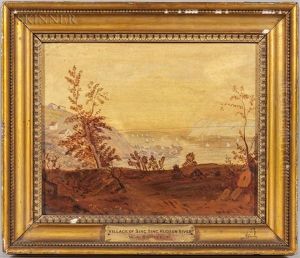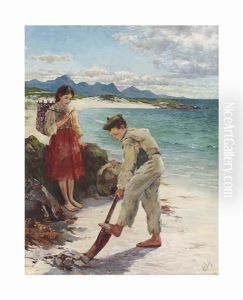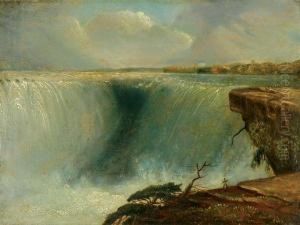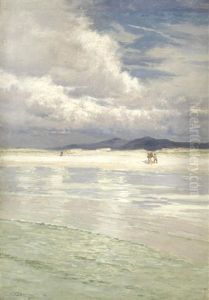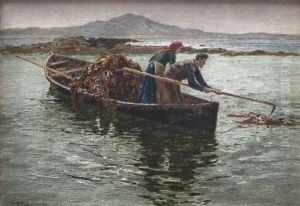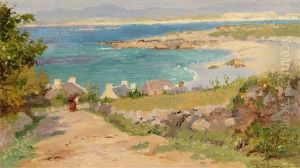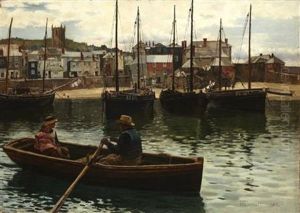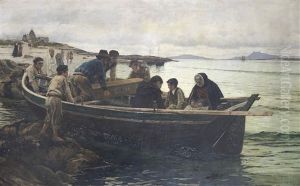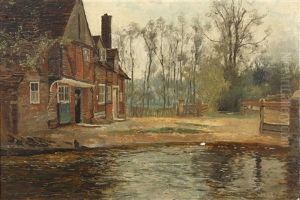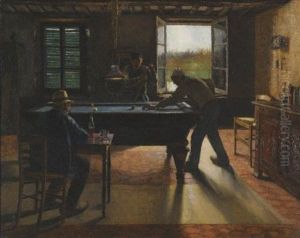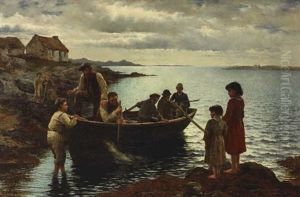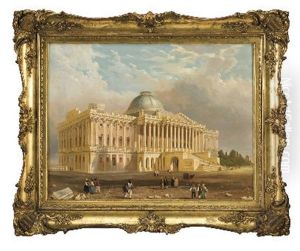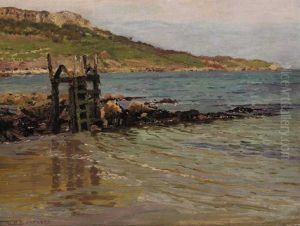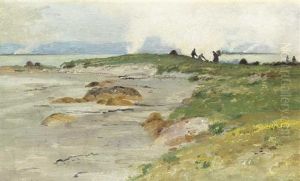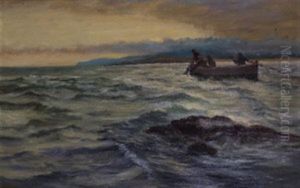William H. Bartlett Paintings
William Henry Bartlett was an English artist, best known for his detailed steel engravings and watercolors, particularly those that were used as illustrations in travel books. Born on March 26, 1809, in Kentish Town, London, Bartlett was apprenticed to John Britton, an antiquary and topographical illustrator, at a young age. Under Britton's tutelage, he developed his skills in the art of topographical illustration, a genre focused on the detailed and accurate portrayal of geographical locations.
Bartlett traveled extensively, capturing scenes across Europe, the Middle East, and North America. His work is characterized by its meticulous detail and romanticized portrayal of the landscapes and architecture he observed. It was common for Bartlett to make sketches during his travels, which he would later turn into engravings and watercolors in his studio.
He became particularly noted for his work in the 'Picturesque Antiquities of English Cities,' and his illustrations featured prominently in Nathaniel Parker Willis's 'American Scenery' (1840) and 'Canadian Scenery' (1842). These books were among the most popular of the mid-19th century in the genre of landscape illustration and helped define the visual culture of travel in the Victorian era.
Bartlett's engravings were widely distributed and became essential visual accompaniments to the travel literature of the time. His images not only served as keepsakes for those who traveled but also as inspiration for those who could not.
Tragically, Bartlett's life was cut short when he died of fever on board a French ship returning from a trip to the Near East. He passed away on September 13, 1854, at the age of 45. Despite his relatively brief career, Bartlett left behind a substantial body of work that continues to be appreciated for its historical value and artistic beauty. His engravings and watercolors provide an important visual record of the world in the pre-photographic era, offering insight into the cultural and historical context of the locations he depicted.
